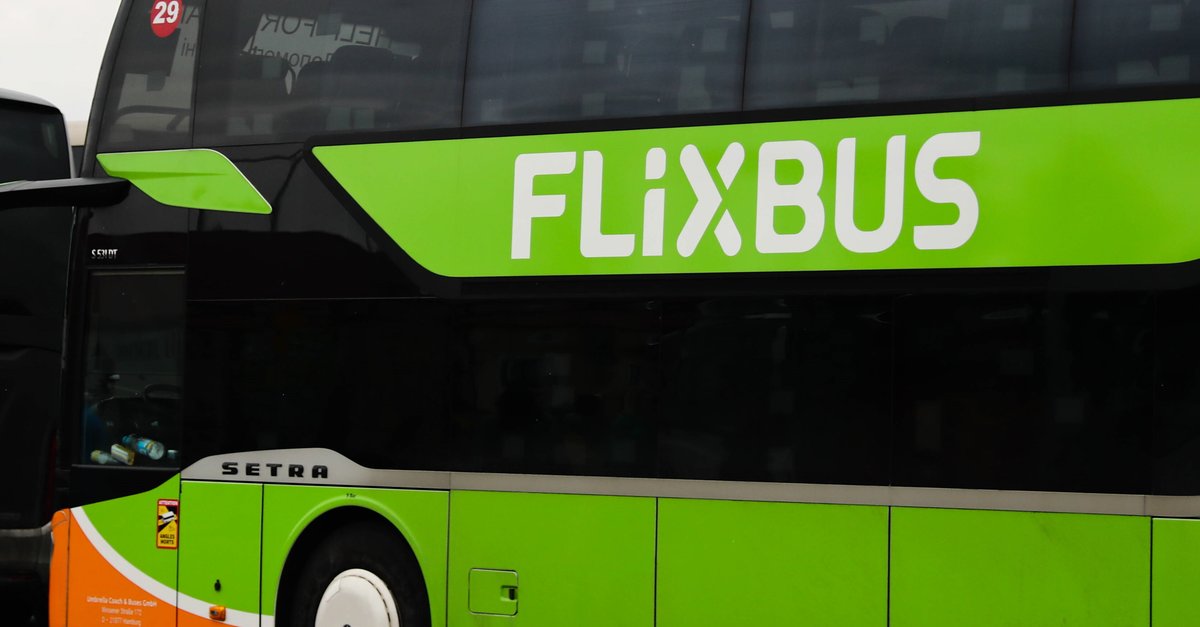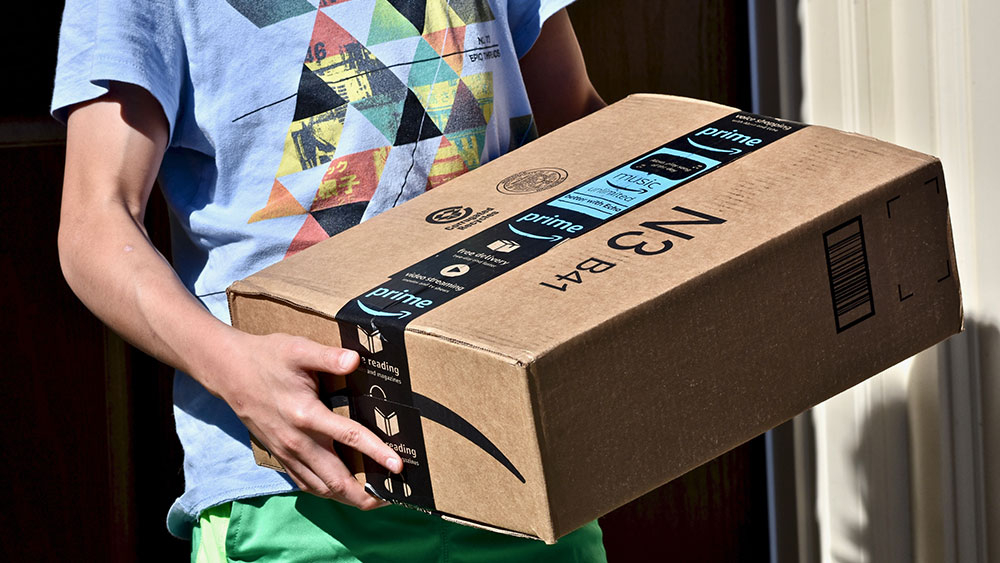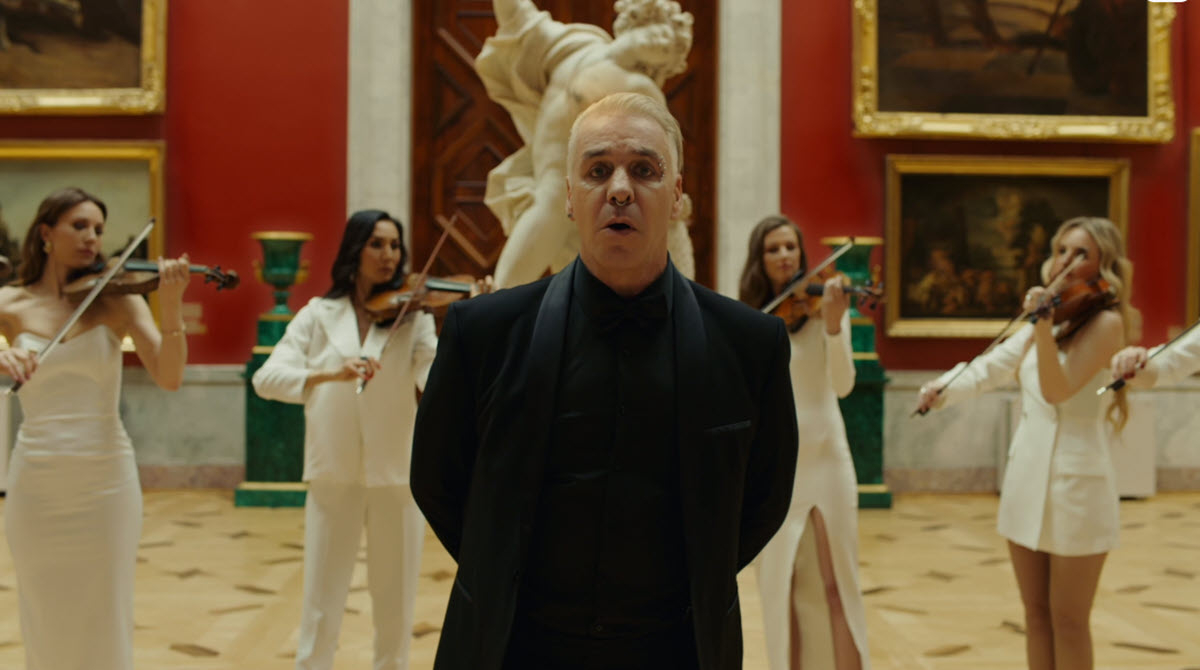Flixbus founder wants a piece of the cake

The successor to the 9-euro ticket is slowly coming together. The saver ticket should cost 49 euros, which was recently agreed on by politicians. That’s a lot of money, because the predecessor cost only a fraction. If the Flixbus founder prevails, the 49-euro ticket could offer significant added value.
The fight for the successor to the 9-euro ticket continues. First of all, many complicated questions have to be clarified, for example about the start or the means of transport. Because in addition to local and regional transport the 49-euro ticket could also include long-distance buses.
Flixbus boss demands: Long-distance buses should be part of the 49-euro ticket
At least that’s what Flixbus founder and CEO André Schwämmlein has in mind. “The 49-euro ticket rightly aims to make sustainable, affordable mobility available to as many people as possible,” Schwämmlein explained to the FAZ. For the Flixbus boss, this also means that the green Long-distance buses must become part of the 49-euro ticket. Because the long-distance buses would, according to Schwämmlein, Closing the gap between regional and long-distance transport.
According to the Flixbus CEO, people in the country in particular often have no direct connections to major cities. Here long-distance buses are often the only alternative to the car. There were similar demands from the Flixbus side in September.
With the right tricks you can also save when shopping online:
Politicians must hurry with the 49-euro ticket
It should become clear in the coming weeks whether long-distance buses will really be part of the new 49-euro ticket. For a punctual start at the beginning of the year, politicians must soon make the final decisions so that transport companies can adapt and, for example, convert their ticket machines. The Flixbus board is currently still holding talks with the federal and state governments in order not to be left out of the 49-euro ticket.



